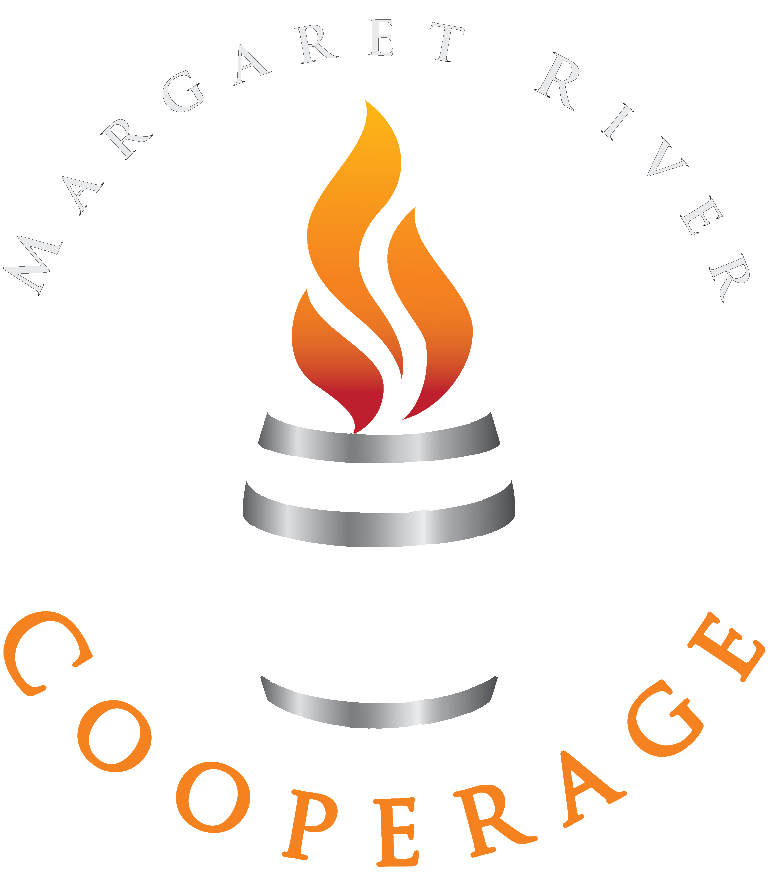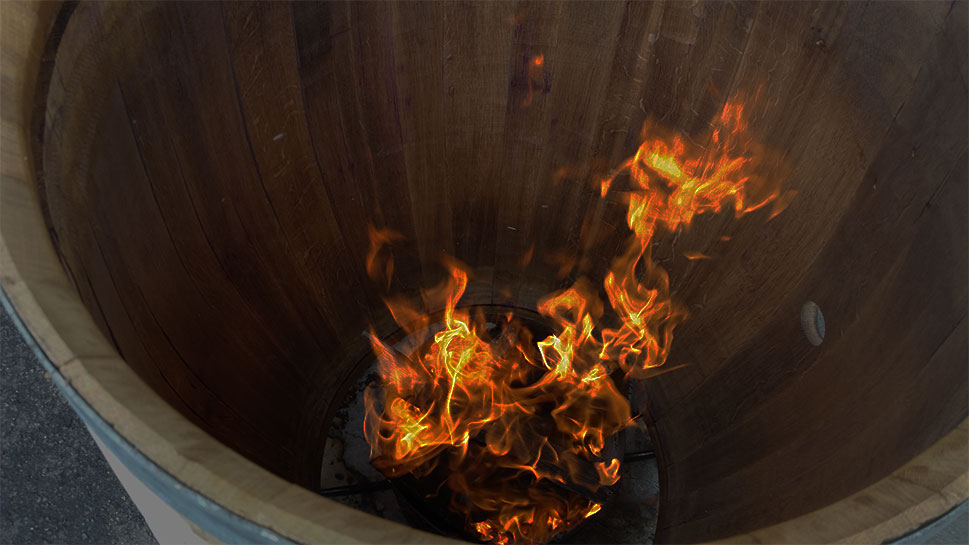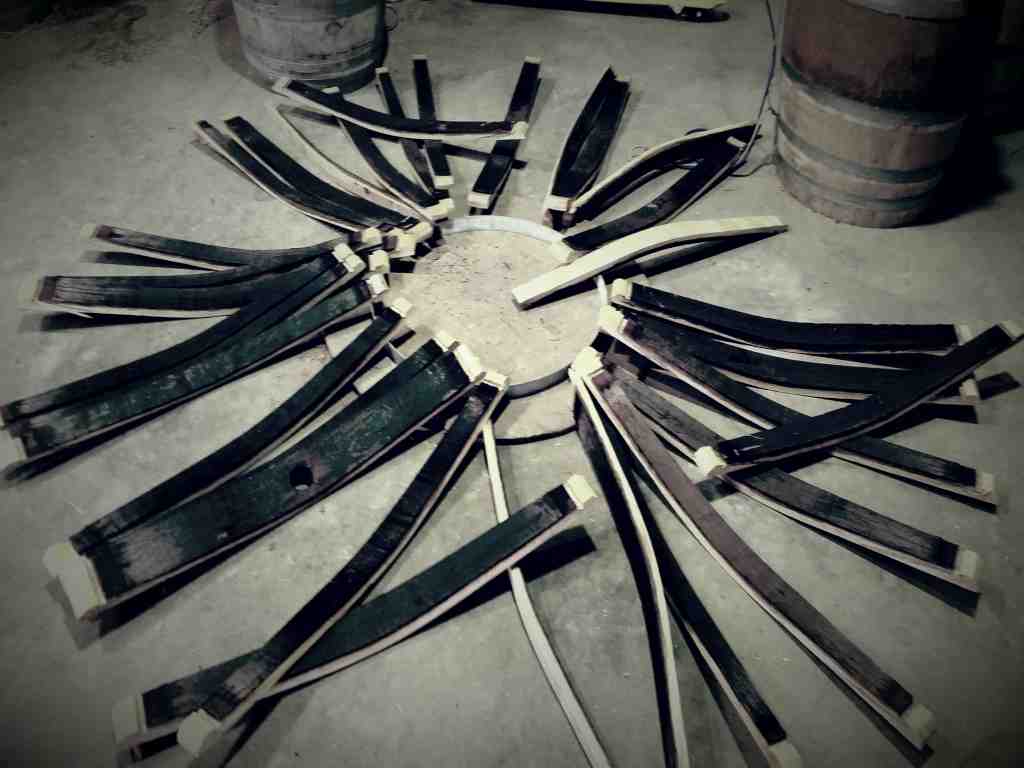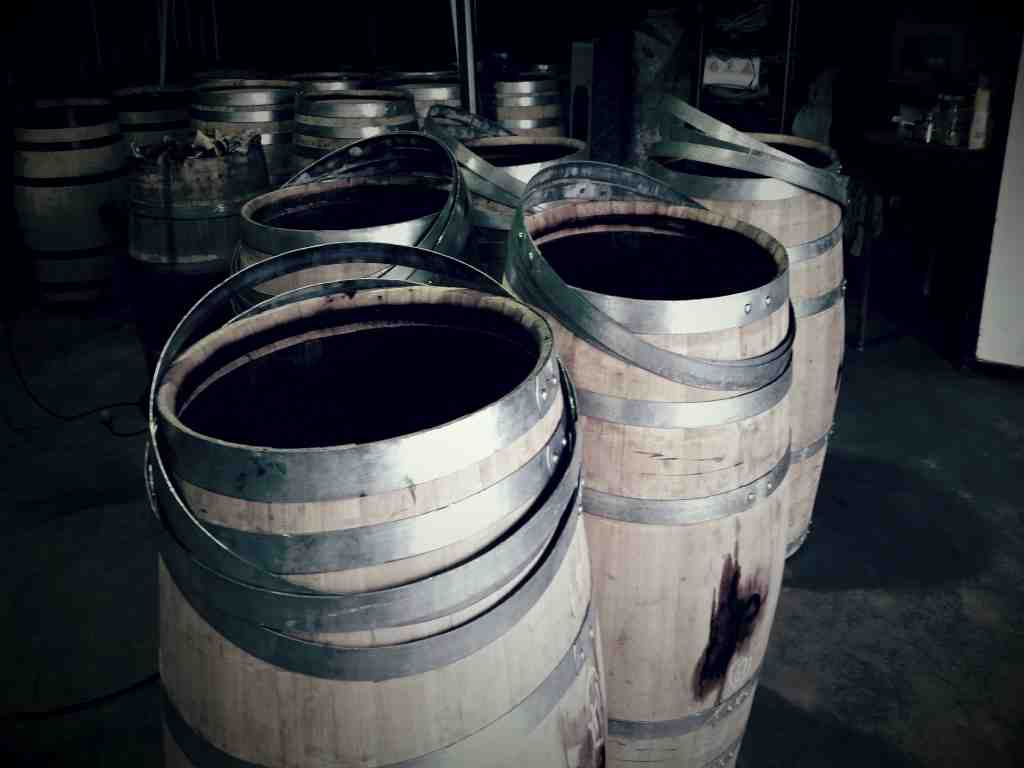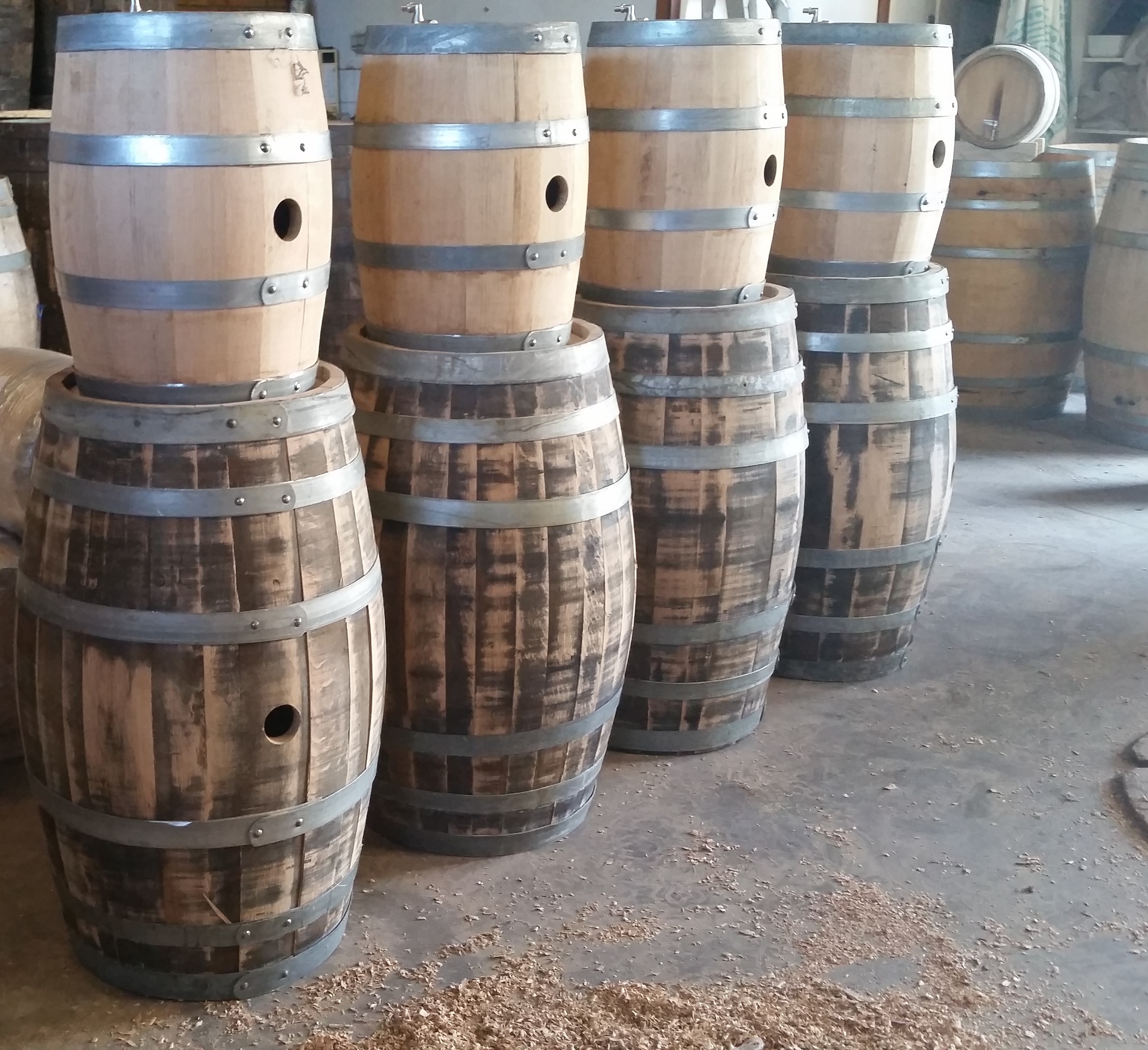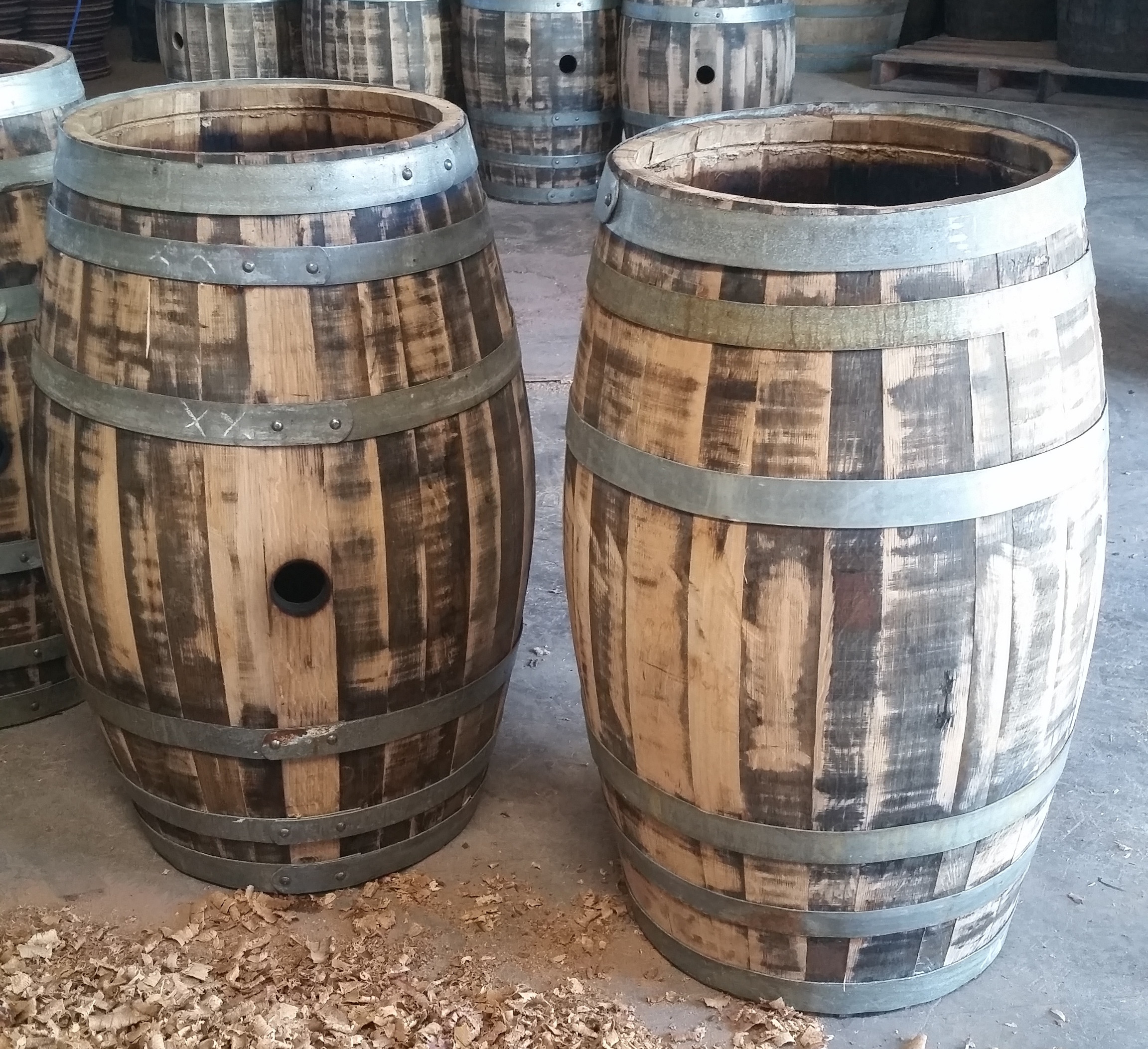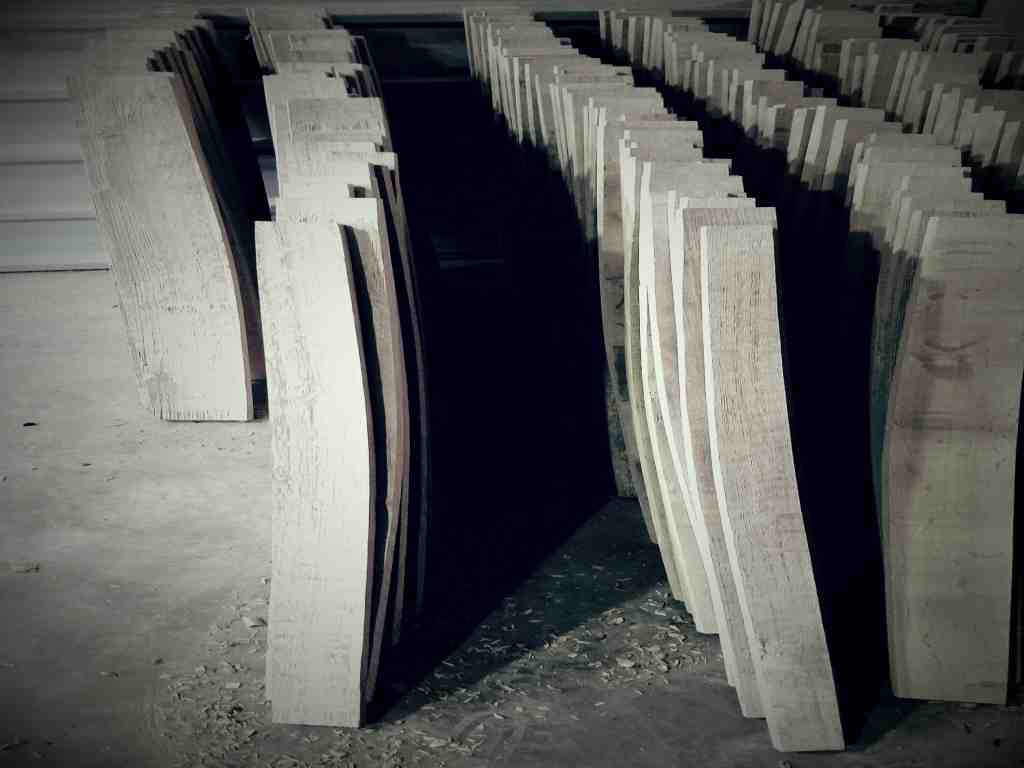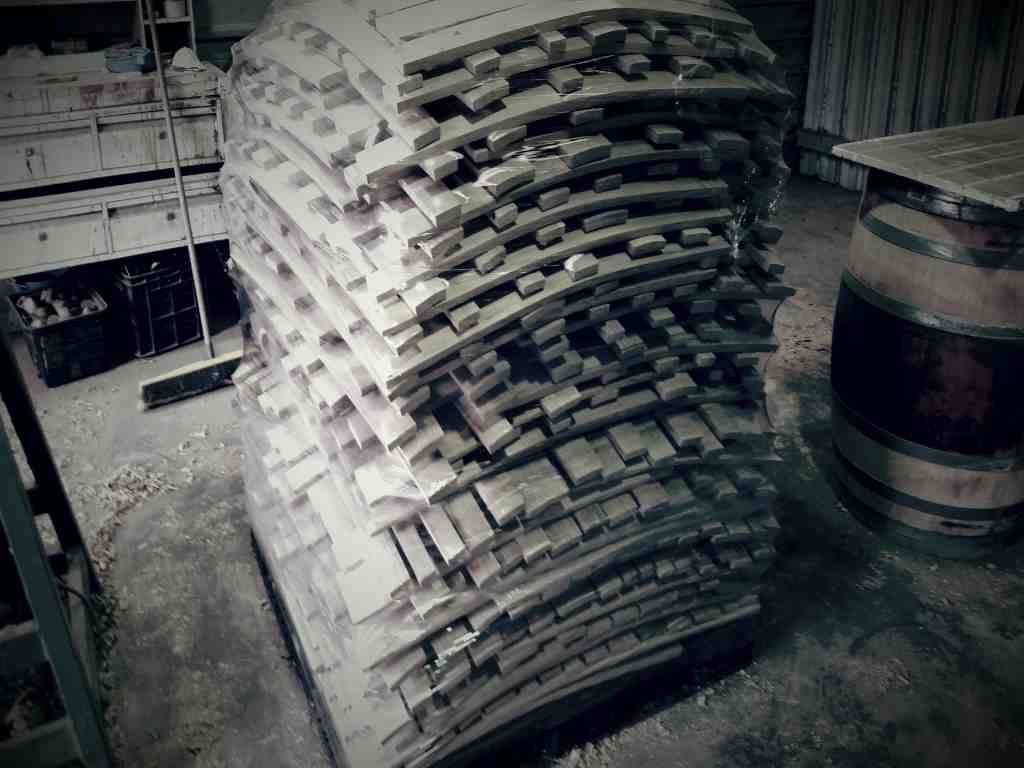COOPERING - BARRELS FOR WINE
The barrels are then reassembled and left open to dry for about 10 – 14 days depending on the weather. They are then toasted over an open fire using oak blocks until they reach your required toasting level. Once finished sulphur is then added back to ensure a clean barrel.
This process can transform the barrel in a cost effective manner when compared to the price of a new oak barrel, with the added advantage of using your own oak, which the winery is assured of its cleanliness and quality, thus providing environmental benefits of:
Re-use Re-cycle Re-purpose
